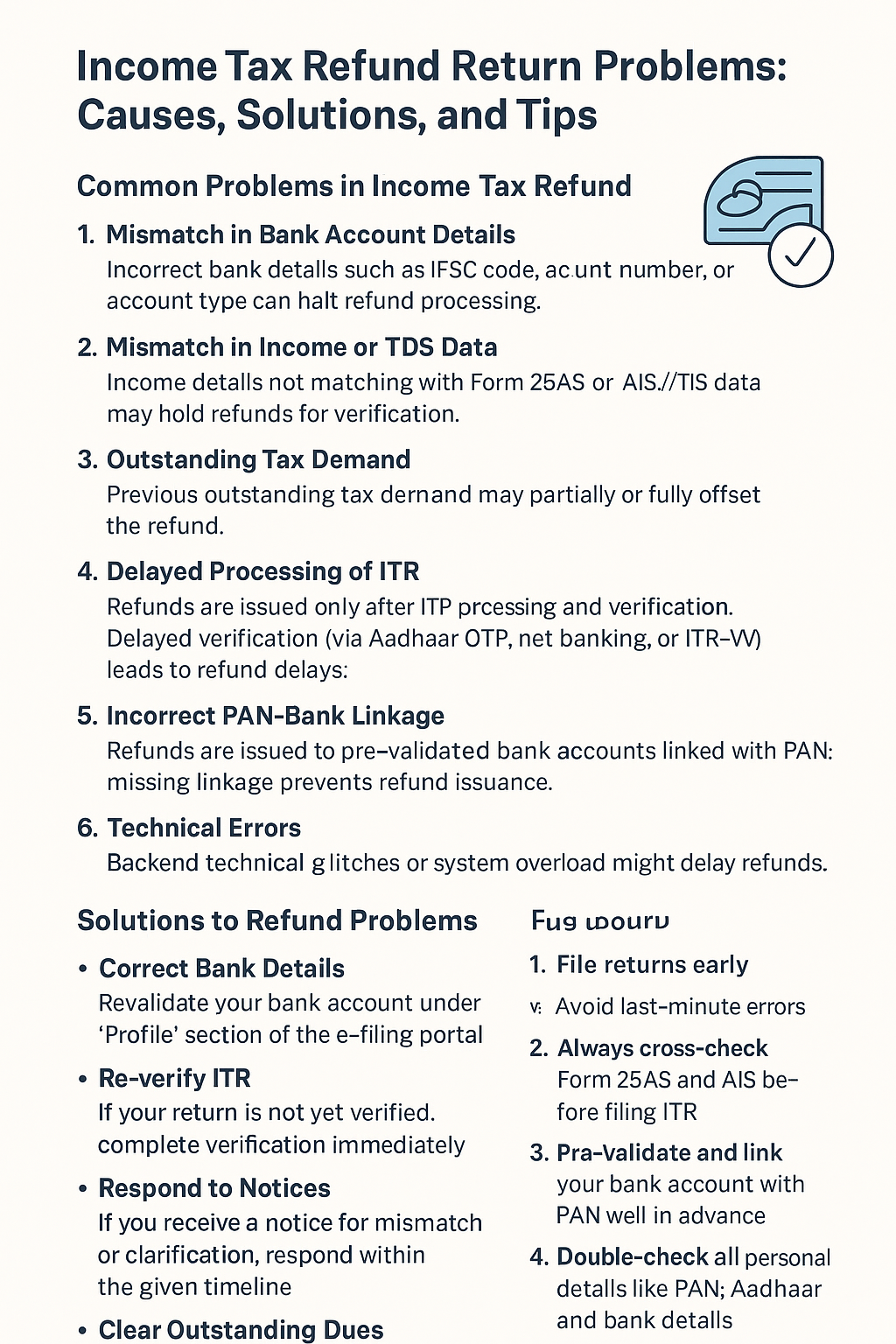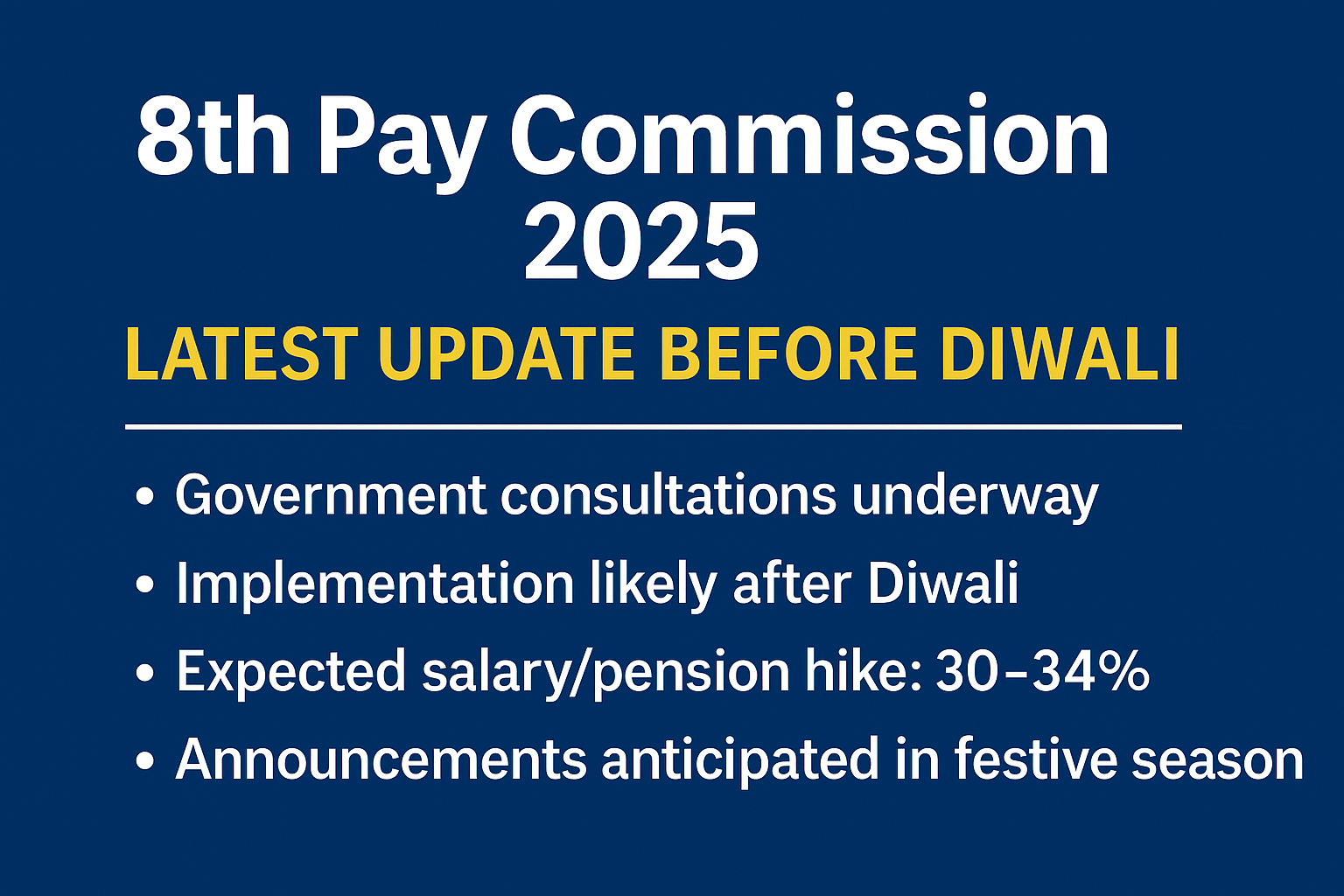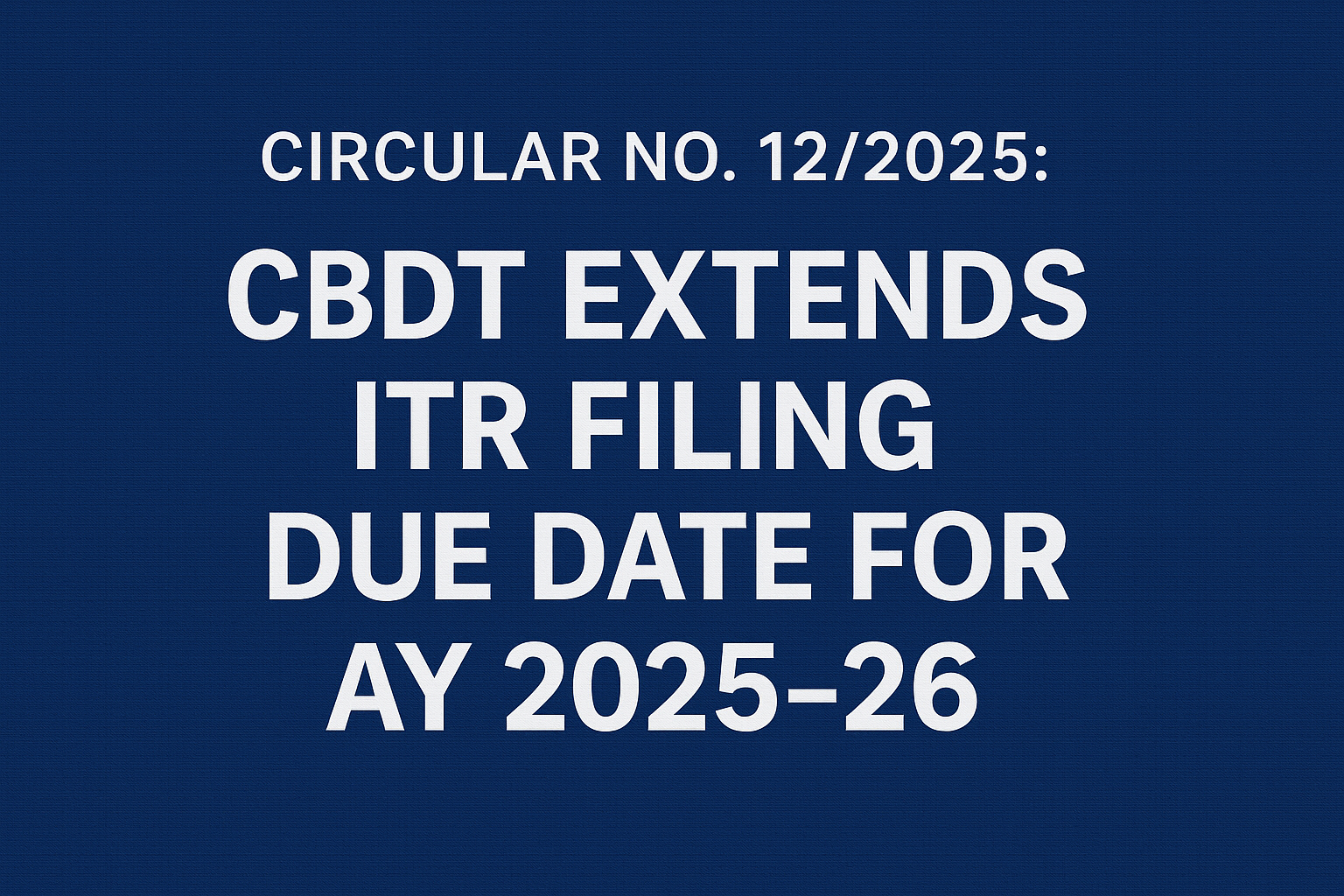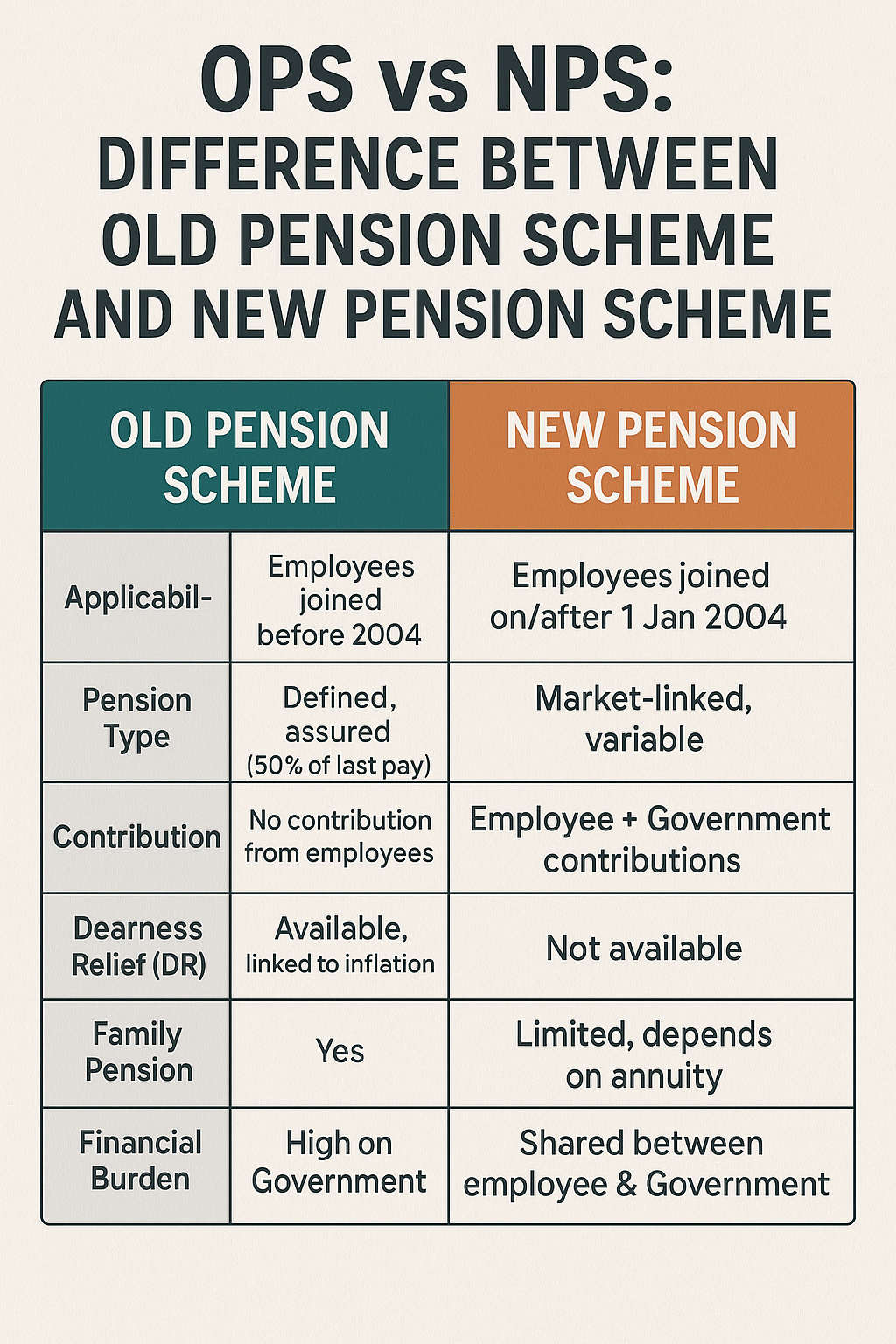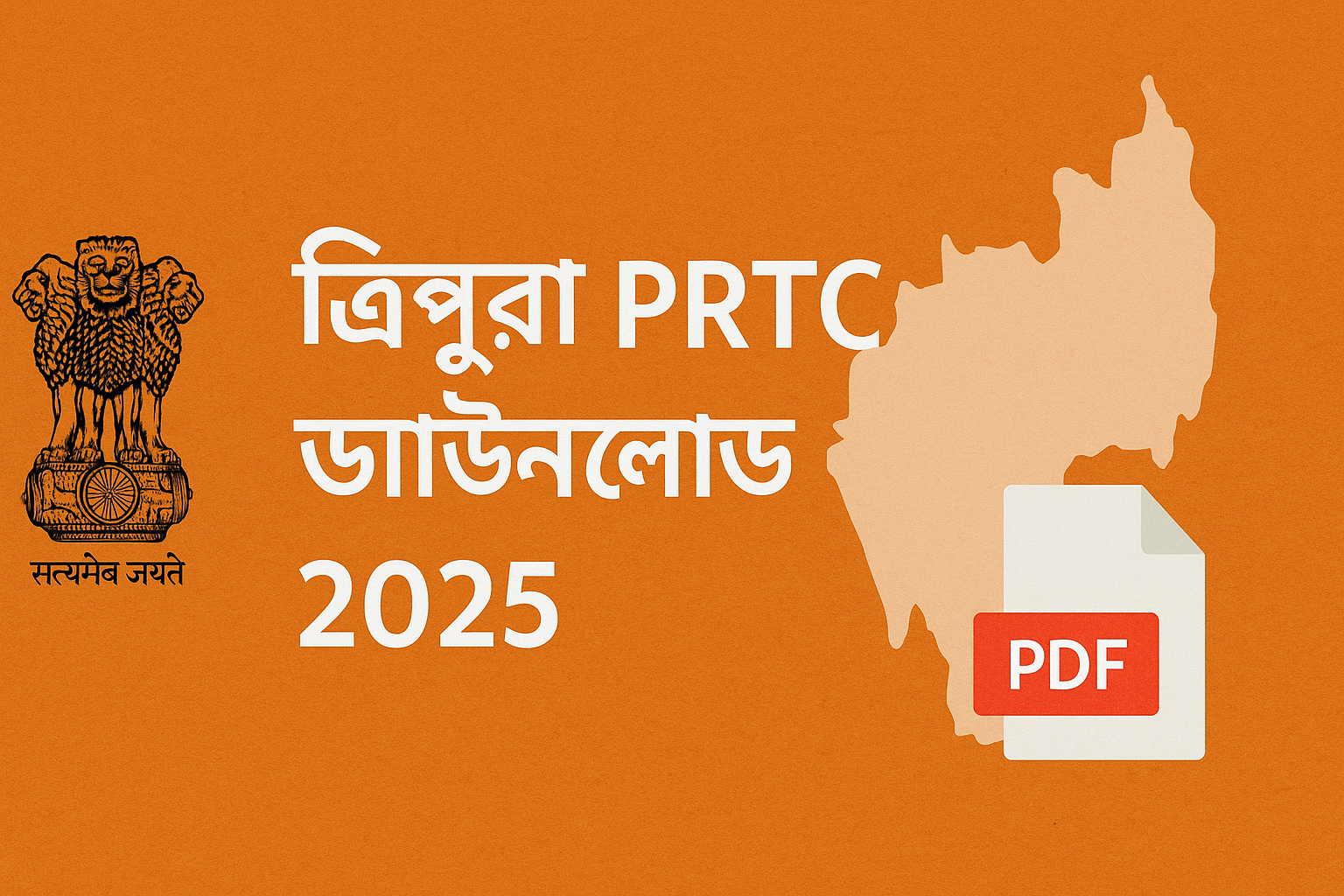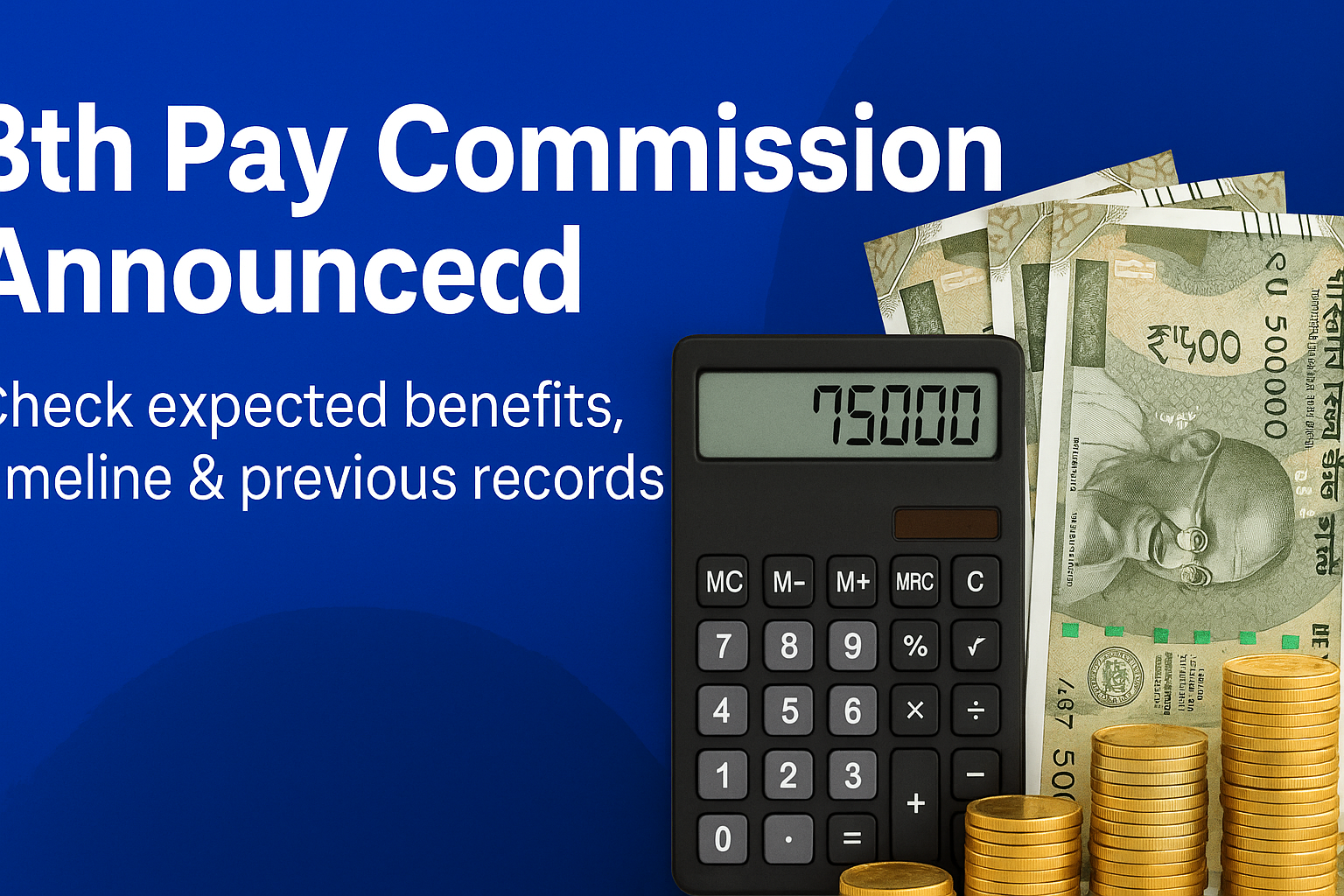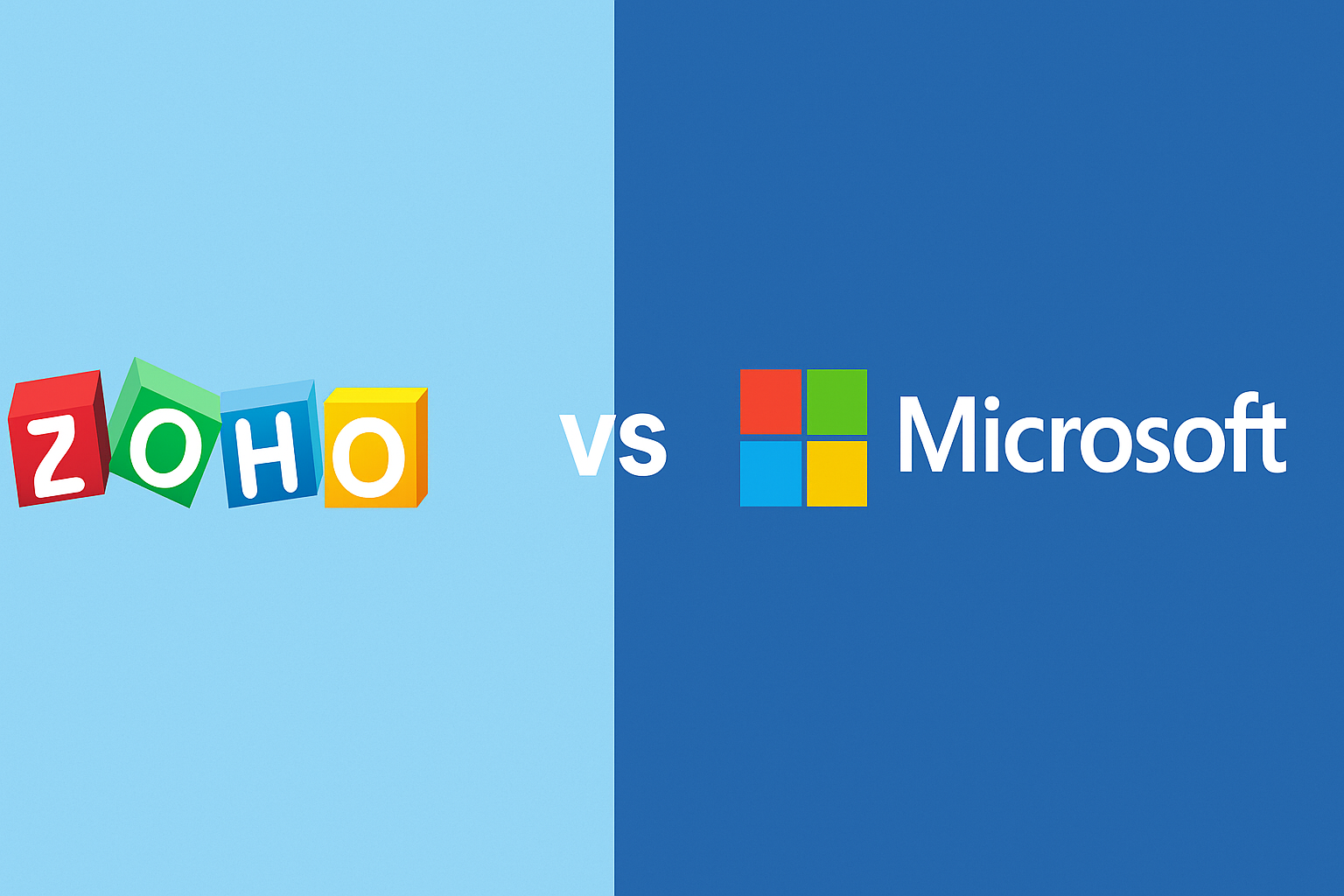Only Indigenous People of Tripura are Bengalis, and the Ancient Name of This Land was Shribhumi
.jpeg)
The Only Indigenous People of Tripura are Bengalis, and the Ancient Name of This Land was Shribhumi
(An Analysis Based on Historical Coins, Documents, and Manuscripts)
Introduction
Tripura, a small state in the northeastern region of India, holds a unique position in terms of history, geography, and culture. Although geographically small, the state is immensely significant when it comes to heritage and tradition. Over centuries, different communities and ethnic groups have settled in this region, shaping its multicultural identity. Yet, a fundamental historical question arises—who are the real indigenous people of Tripura?
The dominant narrative today often assumes that the indigenous inhabitants are various tribal groups such as the Tripuris, Reangs, Jamatias, or Chakmas. But when we look deeply into historical evidence—ancient coins, royal inscriptions, copper plates, manuscripts, official records, and religious documents—we find that the earliest and most authentic indigenous group of Tripura were none other than the Bengalis. Furthermore, the ancient name of this land was “Shribhumi”, a Sanskrit-Bengali term meaning “land of prosperity.”
This article explores those historical proofs to show how Bengalis were the earliest settlers and cultural carriers of Tripura.
The Ancient Name Shribhumi: Evidence from History
The question of naming is crucial in reconstructing history. The modern name Tripura is mostly associated with myths, folk tales, and later royal traditions. But earlier documents clearly reveal that the land was known as Shribhumi.
- The term Shribhumi originates from Sanskrit. “Shri” refers to prosperity, beauty, or Goddess Lakshmi, and “Bhumi” means land or territory. Thus, Shribhumi signifies “the land of prosperity.”
- In medieval royal charters and inscriptions, Shribhumi is mentioned repeatedly as the formal name of the kingdom.
- Ancient coins of Tripura, particularly from the Manikya dynasty, contain inscriptions referring to the land as Shribhumi.
Therefore, the authentic and original name of Tripura was Shribhumi, a name rooted in the Bengali-Sanskritic cultural context.
Coins and Copperplate Inscriptions
One of the strongest proofs of Bengali indigeneity in Tripura comes from the coins and copperplate charters issued by the Manikya kings.
-
Coins of the Manikya Kings:
From the 14th century onwards, the rulers of the Manikya dynasty minted coins with Bengali script. These coins carried legends such as “Shri Shri Ganesh” or “Shri Shri Durga”—all written in Bengali characters. This shows that Bengali was not just a spoken language but the official state language. -
Copperplate Charters:
Land grants, temple endowments, tax records, and territorial decrees—all were engraved in Bengali or Sanskritized Bengali. If tribal languages were the earliest tongues of this land, we should have found copperplate evidence in those languages. But none exist. -
Court Records and Puthis (Manuscripts):
The Tripura royal court preserved numerous manuscripts. Among them, the Rajmala—a historical chronicle of the Manikya kings—was composed entirely in Bengali. The style, diction, and literary tradition align closely with mainstream Bengali literature.
Administrative and Cultural Documents
Beyond coins and inscriptions, the entire administrative setup of Tripura reveals Bengali dominance:
- The Rajmala: This historical chronicle, compiled from the 15th century onwards, narrates the genealogy of the Tripura kings in Bengali poetic form. It is one of the foundational texts of Tripura’s history.
- Judicial and Revenue Records: Tax collection, land assessment, and legal proceedings were all documented in Bengali.
- Temple Inscriptions: Inscriptions on temple walls and religious edifices were engraved in Bengali script, often invoking Hindu deities.
This overwhelming presence of Bengali in official, religious, and cultural spaces demonstrates that the Bengali-speaking people were the authentic carriers of civilization in this region.
Why Bengalis are the Indigenous People of Tripura
The core argument that Bengalis are the only indigenous people of Tripura can be established on multiple grounds:
-
Linguistic Evidence:
The earliest administrative, literary, and cultural records are all in Bengali. If Bengalis were migrants or outsiders, their language could not have dominated so thoroughly from the very beginning. -
Geographical and Cultural Continuity:
Historically, Tripura’s territory extended deep into present-day Bangladesh—covering Comilla, Noakhali, and parts of Chittagong. These areas were culturally Bengali. Hence, Tripura was always an extension of the Bengali heartland, not a separate tribal domain. -
Royal Patronage:
The Manikya kings promoted Bengali as the court language and patronized Bengali literature, arts, and religion. This royal preference shows that Bengali was not foreign but native to the land. -
Later Tribal Migration:
Historical records suggest that various tribal groups entered Tripura gradually through the hills of Myanmar and surrounding regions. Their settlement came later compared to the already flourishing Bengali-speaking society of Shribhumi. Thus, while tribal groups are residents today, they cannot be regarded as the original indigenous people.
Bengali Imprint on Tripura’s Culture
Even today, the Bengali identity of Tripura is unmistakable.
- Language: Bengali is the official language of Tripura and is used in schools, universities, courts, and administration.
- Literature and Arts: From Rabindranath Tagore’s influence to modern Bengali writers, Tripura has always been a hub of Bengali literature and music.
- Festivals: Major festivals such as Durga Puja, Kali Puja, and Saraswati Puja have been celebrated for centuries, reflecting Bengali cultural continuity.
- Folk Culture: Local traditions of songs, dances, storytelling, and manuscript-recitation all belong to the Bengali heritage.
This proves that Bengali culture has not only survived but thrived as the foundation of Tripura’s identity.
Conclusion
After examining coins, inscriptions, manuscripts, and historical documents, one fact becomes crystal clear—Bengalis are the true indigenous people of Tripura. Their language, culture, and administrative practices form the very roots of the land.
The ancient name Shribhumi itself reflects the Bengali-Sanskritic foundation of the kingdom. Every authentic piece of evidence—from royal coins to religious inscriptions—supports the conclusion that Bengalis were here first, and other groups arrived later.
Thus, if we look at Tripura through the lens of historical truth, we can affirm with confidence:
The only indigenous people of Tripura are Bengalis, and the original name of this land was Shribhumi.
Share Example

.jpeg)
.jpeg)
.jpeg)
.jpeg)
.jpeg)
.jpeg)
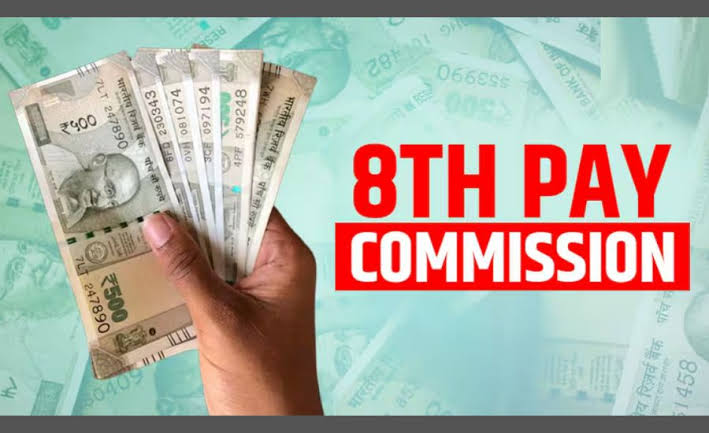

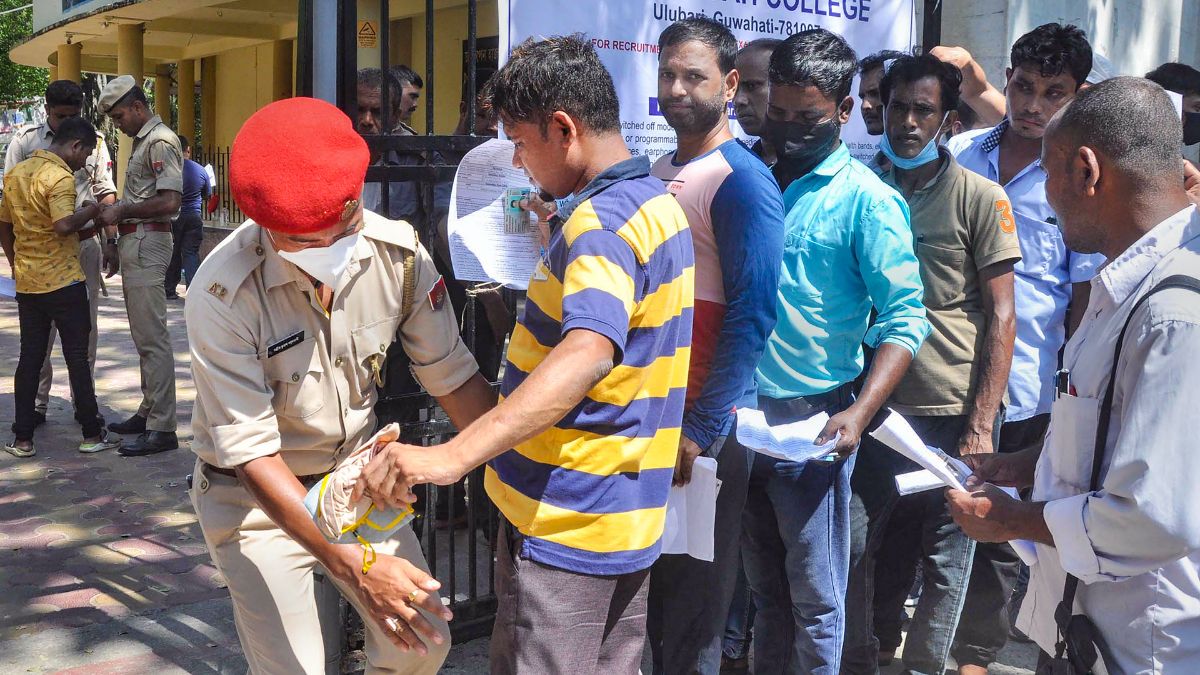

.jpeg)



